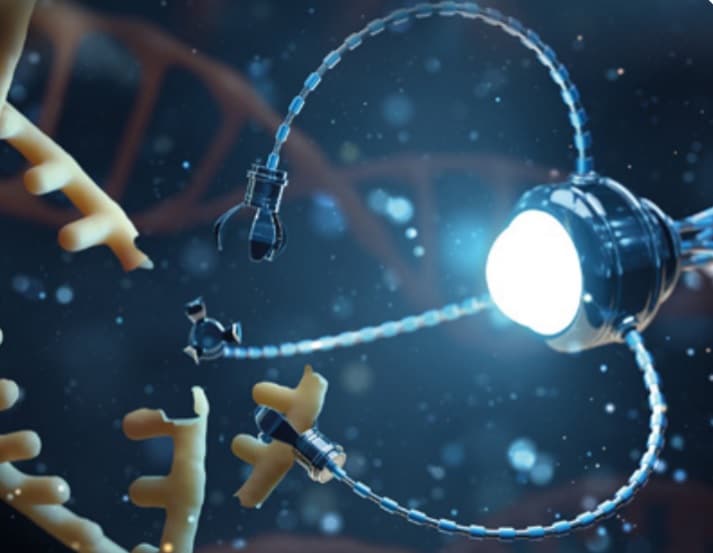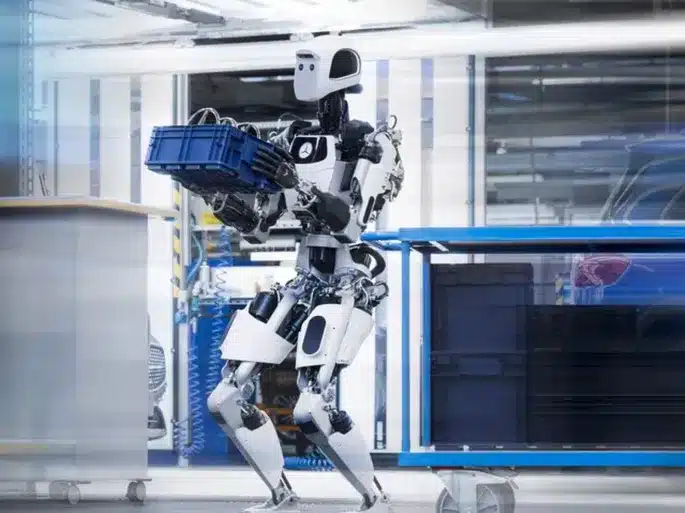Ads
Recover your memories with DiskDigger: fast and easy!
Losing valuable photos can be a frustrating experience and, many times, it seems like those precious moments are gone forever.
Ads
However, there is a tool that promises to reverse this situation and offer an effective and simple solution: DiskDigger.
This software has become a preferred choice for many looking to recover lost images quickly and hassle-free.
Ads
DiskDigger stands out for its ability to deeply scan storage devices and restore photos that might otherwise be considered unrecoverable.
Whether due to human error, a system failure, or even the dreaded data corruption, this tool presents itself as a reliable solution for those looking to rescue their most cherished memories.
In this article, we'll explore how DiskDigger works, its key features, and how it can make the process of recovering deleted photos easier.
Additionally, DiskDigger offers a user-friendly interface that allows users of all experience levels to navigate and operate the software with ease.
Not only limited to mobile devices, but also capable of working with hard drives, memory cards, and a variety of other storage media.
Its versatility and efficiency have positioned it as an indispensable resource for those facing data loss.
Throughout this review, we'll also discuss the opinions of users who have tested and approved DiskDigger, providing a clear perspective on its effectiveness.
With DiskDigger, recovering lost photos is no longer an unsolvable problem.
Immerse yourself in this world of digital recovery and discover how you can bring back your most precious memories with just a few clicks.
The importance of recovering deleted photos
The digital age has transformed the way we store and share memories.
SEE ALSO:
- Domina el motor con diversión
- ¡Transforma tu talento con apps piano!
- Conviértete en DJ Pro Rápidamente
- Piano Maestro: Apps for Musical Prodigies
- Strengthen your faith with our app
However, the ease with which we can delete files, whether by mistake or due to technical failures, can result in the loss of precious moments.
Recovering deleted photos has become a crucial necessity for many users looking to preserve their visual history.
DiskDigger presents itself as an essential tool for this purpose, offering an accessible and efficient solution for recovering lost images.
Its use is not only relevant for individuals who want to recover family photos, but also for professionals who need to restore important images for their projects.
How DiskDigger Works
DiskDigger is a software designed to explore and recover deleted files on storage devices.
It uses advanced algorithms to scan hard drives, SD cards, and other media, looking for data fragments that can be reconstructed into complete files.
Its recovery process is divided into two modes: Basic mode, which searches for recently deleted files, and Deep mode, which examines disk sectors to find older or harder-to-recover data.
This duality allows users to select the appropriate scanning level based on their needs, ensuring a high success rate in image recovery.
Advantages of using DiskDigger
Using DiskDigger has several advantages for those who need to recover deleted photos:
- Ease of use: Its intuitive interface allows users of all skill levels to access its features without complications.
- Wide compatibility: DiskDigger can be used on a variety of operating systems and devices, offering flexibility to its users.
- Deep Scan: The ability to perform detailed scans ensures that even the most difficult-to-find files can be recovered.
- Selective recovery: Users can preview and select the files they want to recover, saving time and storage space.
- Regular updates: The software receives constant updates, improving its performance and adding new features.
Considerations when using DiskDigger
Although DiskDigger offers a powerful solution for photo recovery, it is important to keep in mind certain considerations before using it.
First, recovery success may vary depending on how much time has passed since the deletion and whether the data on the disk has been overwritten.
Additionally, it is advisable to regularly back up important files to minimize dependence on recovery software.
Users should also ensure they download the program from trusted sources to avoid fake or malware-infected versions.
DiskDigger Use Cases
DiskDigger's use cases are diverse and go beyond simply recovering family photos.
Photography professionals can find this tool to be an ally in recovering images accidentally deleted during work sessions.
Similarly, researchers and journalists can use DiskDigger to recover essential visual data for their projects.
Additionally, technology and digital DIY enthusiasts can use the software to explore and restore old files on old hard drives.
How to maximize the effectiveness of DiskDigger
To get the best performance from DiskDigger, it is recommended to follow certain steps:
- Act quickly: As soon as you notice file loss, avoid using the affected device to prevent data overwriting.
- Select the appropriate mode: Evaluate whether you need a basic or deep scan to optimize recovery time.
- Use external storage: Recover files to an external storage device to avoid overwriting issues.
- Keep your software up to date: Updates can improve compatibility and recovery success.
The technology behind DiskDigger
DiskDigger technology is based on sophisticated algorithms that enable a thorough scan of storage media.
These algorithms are capable of identifying file structures, even when the operating system no longer recognizes them.
The ability to detect and reconstruct data fragments is critical to your success.
Additionally, the software is designed to be resource-efficient, allowing users to perform detailed scans without slowing down their system.
Alternatives to DiskDigger
Although DiskDigger is a powerful tool, there are other alternatives on the market that offer similar functionality.
Programs like Recuva, EaseUS Data Recovery Wizard, and PhotoRec are also popular choices among users who need to recover lost files.
Each software has its own features and scanning methods, so it's a good idea to evaluate your specific needs before choosing the most suitable tool.
Some users may prefer simpler interfaces, while others may value advanced configuration options.
Recommendations to prevent photo loss
While DiskDigger is an excellent solution for recovering deleted photos, preventing file loss is always the best strategy.
Here are some recommendations:
- Make frequent backups: Use cloud services or external hard drives to store copies of your important files.
- Avoid excessive storage usage: Keep your devices organized and with enough free space to avoid failures.
- Use antivirus software: Protect your devices from malware that can cause data loss.
- Review before deleting: Before deleting files, make sure they are not needed or that a backup copy exists.

Conclusion
In conclusion, DiskDigger emerges as a must-have solution for those facing the loss of valuable photos.
First, its ease of use and compatibility with multiple devices make it an accessible option for any user, regardless of their level of technical expertise.
Furthermore, the duality of its scanning modes—basic and deep—allows for effective recovery, adjusting to the specific needs of each situation.
Furthermore, the ability to preview and select files before recovering them offers additional control over the process, optimizing time and storage space.
However, it's crucial to remember that while DiskDigger is a powerful tool, recovery success can vary depending on circumstances, such as how long it's been since the deletion or whether the data has been overwritten.
In this sense, acting quickly and following the recommendations for use will maximize the chances of success.
Finally, while DiskDigger stands out in the market, it's always wise to explore other available alternatives to find the best solution for each particular case.
Ultimately, while prevention remains the optimal strategy, having a tool like DiskDigger provides the peace of mind that comes with knowing that those irreplaceable moments can be recovered quickly and efficiently.





